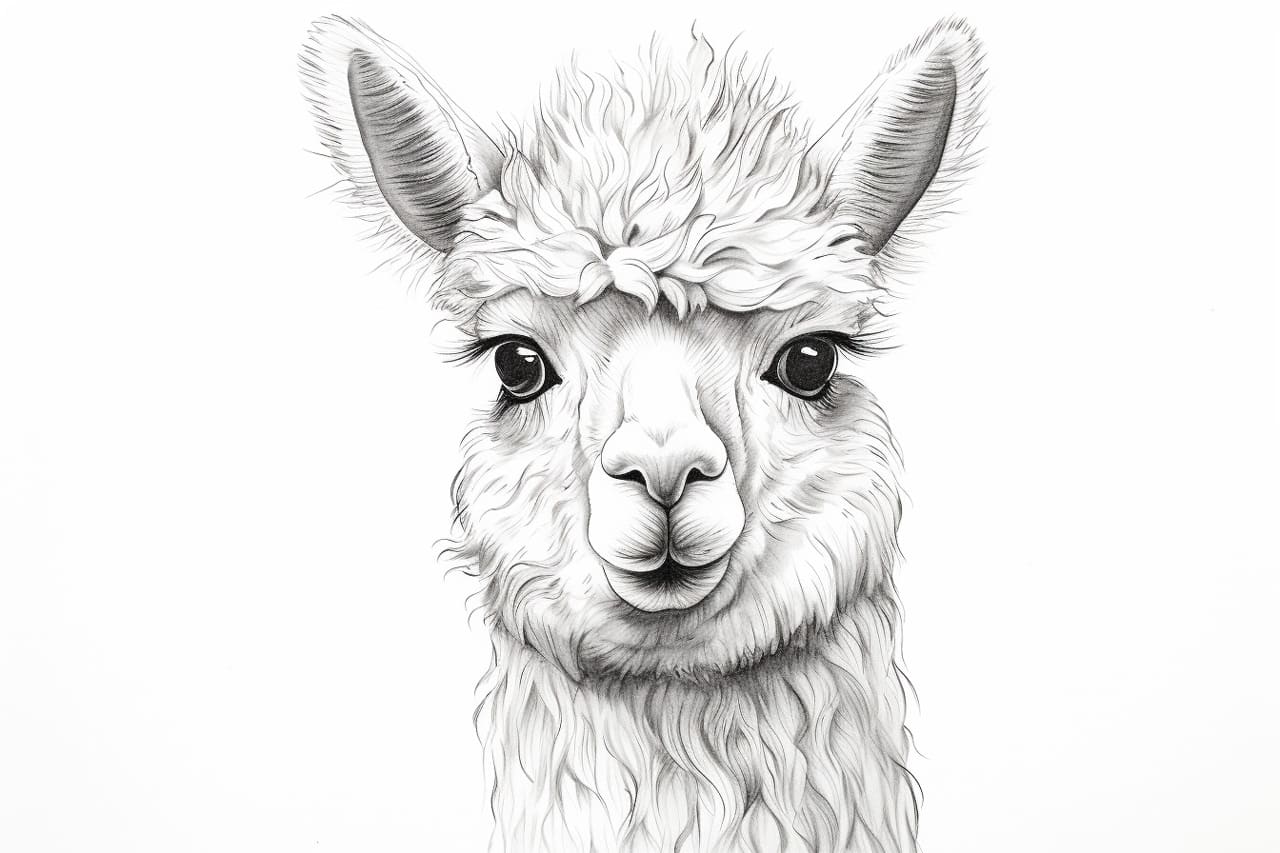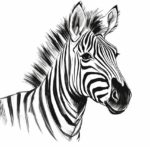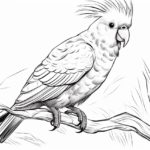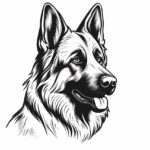Learning how to draw an alpaca can be a delightful and rewarding experience for artists of all levels. These charming creatures, known for their fluffy coats and gentle demeanor, provide a unique subject matter for creativity and expression. In this guide, we will explore the critical features of alpacas, tips for capturing their adorable appearance on paper, and techniques to bring out their endearing qualities in your drawings. Whether you’re a beginner looking to improve your skills or an experienced artist seeking a new challenge, drawing alpacas will inspire and captivate you. So grab your pencils and paper, and let’s embark on a creative journey into alpaca artistry!
Materials Required
To draw an alpaca, you will need the following materials:
- Drawing paper or sketchbook
- Pencils (different grades for shading)
- Eraser
- Sharpener
- Fine tip pens or markers (optional for outlining or adding details)
- Reference photo of an alpaca (helpful for accurate depiction)
These basic materials should be sufficient for drawing an alpaca. Feel free to add any additional materials or tools you prefer for your drawing process.:
How to Draw an Alpaca: a Step-by-step Guide
Step 1: Gather your materials
- Get a pencil, eraser, paper, and any desired coloring tools like colored pencils or markers.
Step 2: Start with basic shapes
- Begin by sketching a large oval for the body of the alpaca.
- Add a smaller oval on top of the first one for the head.
- Connect the two ovals with curved lines to form the neck.
Step 3: Add facial features
- Draw two large circles for the eyes on the head oval.
- Add a small triangle for the nose below the eyes.
- Draw a curved line for the mouth slightly below the nose.
Step 4: Sketch the ears and horns
- Draw two long, curved shapes on top of the head for the alpaca’s ears.
- Add two small curved lines for the horns on top of the head.
Step 5: Outline the body and legs
- Extend the bottom of the body oval to create the alpaca’s belly.
- Draw four long, curved legs extending from the body.
Step 6: Add details
- Sketch the fluffy fur on the alpaca’s neck and belly by drawing short, curved lines.
- Add a tail at the back of the body with a fluffy tip.
Step 7: Refine and erase
- Go over your sketch with darker lines to refine the details.
- Erase any unnecessary guidelines and overlapping lines.
Step 8: Color your alpaca
- Use your coloring tools to add color to your alpaca. Alpacas come in shades like white, brown, gray, and black.
Step 9: Final touches
- Add any additional details or shading to make your alpaca drawing pop.
- Sign your artwork and share it with others to enjoy your creation!
Tips:
- Take your time with each step to ensure accuracy and proportion.
- Practice drawing basic shapes and animal features separately before combining them in your alpaca drawing.
- Experiment with different poses and expressions to make your alpaca drawing unique and expressive.
Conclusion
Fantastic job on your Alpaca drawing! I am genuinely impressed by your attention to detail and dedication to capturing the unique features of this adorable animal. Your use of shading and proportion is excellent, and you have indeed brought this Alpaca to life on paper. Keep up the great work, and continue to explore your creativity. Remember, practice makes perfect, so keep drawing and experimenting with different techniques. I can’t wait to see what you create next!
Fun Facts About Alpacas
Here are some fun and exciting facts about Alpacas:
- Alpacas are domesticated South American camelids that are closely related to llamas, vicuñas, and guanacos.
- They are known for their soft and luxurious fleece, which is highly prized for its warmth and hypoallergenic properties.
- Alpacas come in 22 natural colors and over 300 shades, ranging from white and beige to brown, black, and grey.
- These gentle animals are known for their calm and curious nature, making them popular as therapy animals.
- Alpacas are social animals that live in herds and communicate with each other through various vocalizations, body language, and humming sounds.
- They have a unique three-chambered stomach, which allows them to digest tough fibrous plants efficiently.
- Alpacas are environmentally friendly grazers with soft padded feet, which minimizes damage to pastures compared to other livestock.
- They are known for spitting when feeling threatened, uncomfortable, or competing for food or attention within the herd.
- indigenous Andean cultures in South America have domesticated Alpacas for their fleece and meat and used them as pack animals for thousands of years.
- These fascinating animals have a lifespan of around 15-20 years and are relatively low-maintenance, requiring primary care such as shelter, fresh water, hay, and occasional grooming.
Suggestions for Scenes and Settings for Alpaca Drawings
- Alpaca grazing in a lush green meadow with colorful wildflowers in the background.
- A group of alpacas standing together in a picturesque mountain landscape.
- An alpaca farm with rows of adorable alpacas in different colors and patterns.
- A close-up drawing of an alpaca’s expressive face with long eyelashes and fuzzy ears.
- Alpacas lounging in a cozy barn or shelter during a gentle snowfall.
- An alpaca family interacting with each other, showcasing their playful and curious nature.
- An alpaca trekking through a dense forest, with sunlight filtering through the trees.
- A serene lakeside scene with an alpaca peacefully drinking water.
- Alpacas being sheared by a farmer in a rustic barn setting, capturing the essence of farm life.
- A whimsical drawing of an alpaca wearing a colorful blanket or accessory adds fun and personality to the scene.









